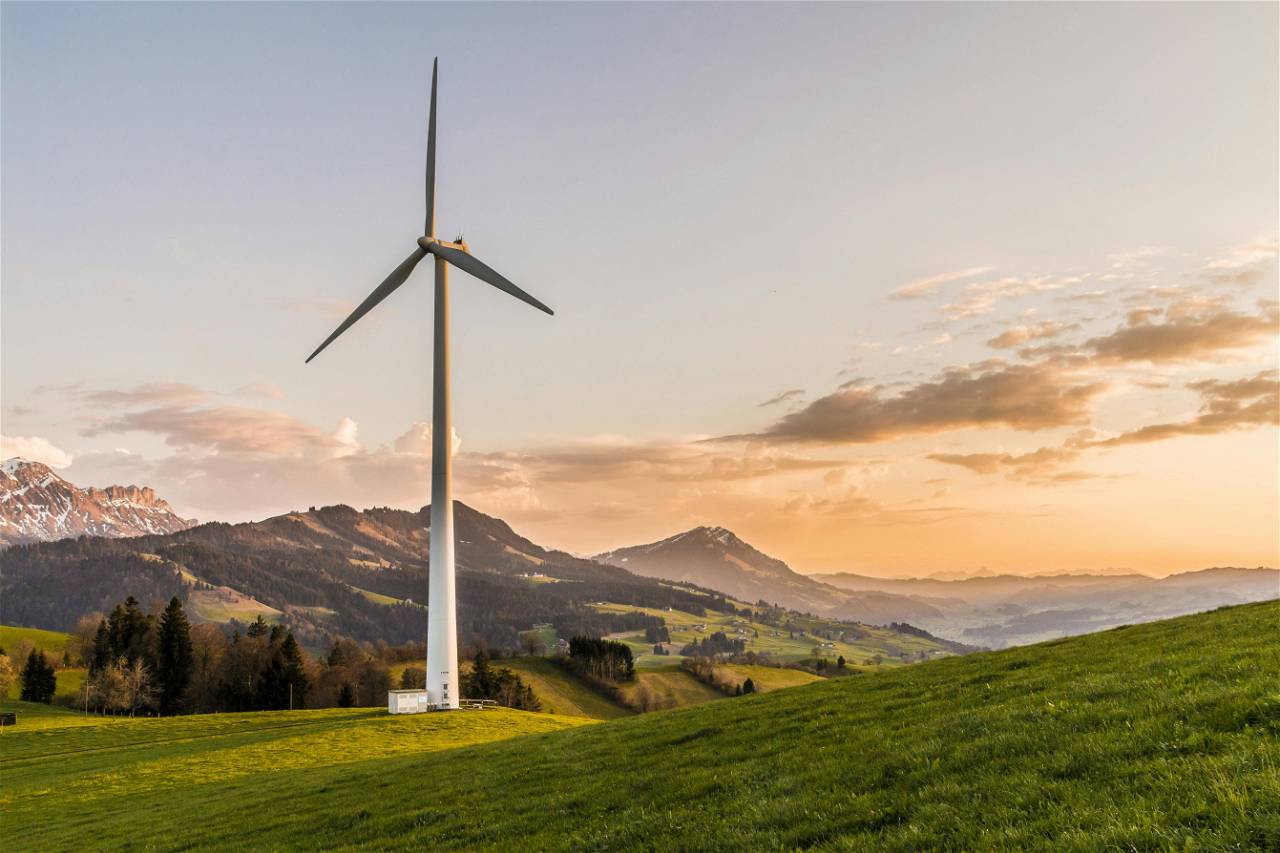
According to a recent report by Moody’s, India will need an investment ranging from $190 billion to $215 billion over the next seven years to achieve its ambitious target of 500 gigawatts (GW) of renewable energy capacity by 2030. Additionally, another $150 billion to $170 billion will be necessary for electricity transmission, distribution, and energy storage infrastructure.
Moody’s Vice President and Senior Credit Officer, Abhishek Tyagi, noted that despite the substantial pipeline of announced projects, financial leverage for renewable power companies is expected to remain high in the near term. However, government-related issuers are likely to maintain moderate leverage due to their strong balance sheets.
While India's renewable energy capacity is expected to continue growing, coal will remain a significant source of electricity generation for the next 8-10 years, according to the report.
The report also highlighted that infrastructure companies in India are expected to invest in energy transition to meet demand driven by the country's robust economic growth. Stable regulatory frameworks and government policies are crucial to supporting credit quality and facilitating progress toward India's 2030 transition targets and 2070 net-zero goals.
ICRA, an affiliate of Moody’s in India, forecasts increased spending on transportation infrastructure projects, including roads, ports, and airports, benefiting from solid government support, rising capital outlays, and a substantial pipeline of projects.
















